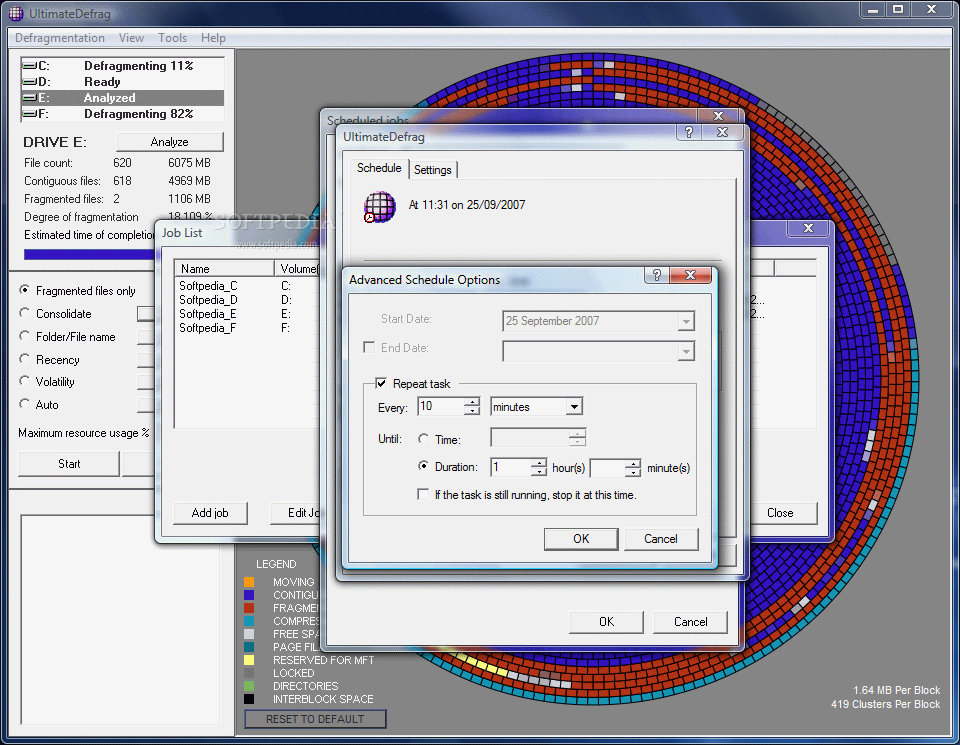

Keep clicking on Clean up system files, you will notice there are more things you can delete. If there are items you do not want to delete, please uncheck the box next to them. The things that consume the most space include Temporary Internet Files, Delivery Optimization Files, Downloads and Thumbnails. You then get a list of the file elements to be deleted. When you are on the General tab, click Disk Cleanup, the system will take a few minutes for statistics to be freed. In the File Explorer file manager, right-click drive C and select Properties. Windows 10 has a built-in utility called 'Disk Cleanup', which helps to clean up space consumed. These include temporary files, system files, thumbnails, memory dump files, old Windows updates, and the Recycle Bin. Storing too many unnecessary files on your computer sometimes causes a spike in RAM usage. ĭisk space is another memory that can seriously affect the performance of your applications. To end the program, simply click on the application and click End Task. When the Task Manager window appears, check to see which active applications you are not using. Therefore, you need to remove unnecessary running programs to minimize memory usage. The high memory usage problem is mainly caused by too many tasks being processed. Close unnecessary programs and applicationsĪll computer memory is connected to CPU and RAM. The following are best practices in Windows 10 for reducing memory usage for running software. Whether you are playing a memory-intensive game or having multiple browser windows open, you need to minimize usage as much as possible.

When you see slow responsive apps and screen freezes, it's most likely that the problem is running out of CPU, RAM cache.


 0 kommentar(er)
0 kommentar(er)
